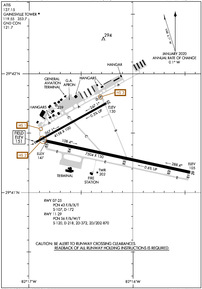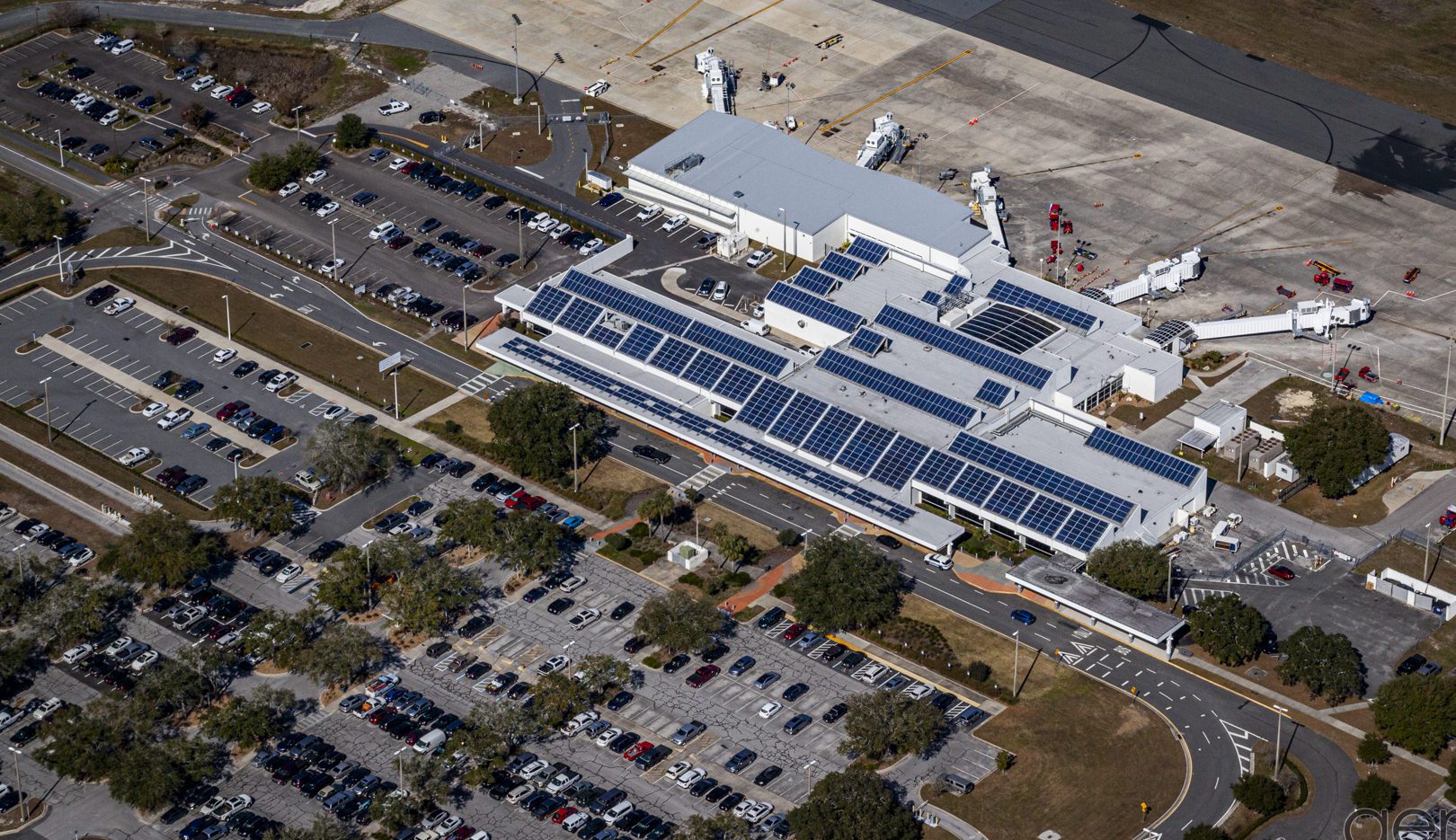“Okay, here is an article about Gainesville Regional Airport (GNV) in English, aiming for approximately 2000 words.
Artikel Terkait Okay, here is an article about Gainesville Regional Airport (GNV) in English, aiming for approximately 2000 words.
- Costa Rica Airport
- Okay, Here Is An Article About Barcelona-El Prat Airport (BCN) In English, Aiming For Approximately 2000 Words.
- Okay, Here Is An Article About The Food Scene At Denver International Airport (DIA), Written In English And Aiming For Approximately 2000 Words.
- Okay, Here Is An Article About The CLT Airport Map, Written In English And Aiming For A Length Of Approximately 2000 Words.
- Okay, Here Is A Comprehensive Article About Dane County Regional Airport (MSN) In English, Aiming For Approximately 2000 Words.
Table of Content
- 1 Artikel Terkait Okay, here is an article about Gainesville Regional Airport (GNV) in English, aiming for approximately 2000 words.
- 2 Video tentang Okay, here is an article about Gainesville Regional Airport (GNV) in English, aiming for approximately 2000 words.
- 3 Gainesville Regional Airport (GNV): The Convenient Gateway to North Central Florida
Video tentang Okay, here is an article about Gainesville Regional Airport (GNV) in English, aiming for approximately 2000 words.
Okay, here is an article about Gainesville Regional Airport (GNV) in English, aiming for approximately 2000 words.

Gainesville Regional Airport (GNV): The Convenient Gateway to North Central Florida
Nestled in the heart of North Central Florida, Gainesville is a vibrant city renowned for its lush natural landscapes, the prestigious University of Florida, and a thriving cultural scene. Serving as the primary air travel hub for this dynamic region is Gainesville Regional Airport (GNV). While it may not boast the sprawling terminals or endless runways of major international airports, GNV plays an indispensable role, offering essential connectivity, fostering economic growth, and providing a refreshingly convenient travel experience for residents and visitors alike. This article delves deep into what makes GNV a vital asset, exploring its history, operations, amenities, economic impact, and its unique place within the community.
A Rich History Taking Flight
The story of Gainesville Regional Airport is intertwined with the history of aviation and the growth of Gainesville itself. Its origins can be traced back to the early days of air travel, evolving significantly over the decades to meet the changing demands of the region.
Like many regional airports across the United States, GNV’s development received a significant boost during World War II. The need for training facilities and strategic airfields led to investment in infrastructure that would later serve civilian purposes. Following the war, the airport transitioned to primarily commercial and general aviation use, beginning its journey as a public gateway.
The post-war era saw the gradual introduction of scheduled passenger service, connecting Gainesville to larger hubs and the national air transportation network. Early airlines operating at GNV utilized propeller-driven aircraft, gradually giving way to turboprops and eventually regional jets as aviation technology advanced.
Significant milestones in GNV’s history include various terminal expansions and renovations aimed at accommodating increasing passenger numbers and improving the traveler experience. Each upgrade reflected the airport’s commitment to modernization and its growing importance to the region. From modest beginnings, GNV has transformed into a contemporary facility designed to handle the demands of modern air travel while retaining the ease and accessibility characteristic of a regional airport. This evolution is a testament to the foresight of local authorities and airport management in recognizing the critical link between air connectivity and regional prosperity.
Location and Accessibility: Getting To and From GNV
One of GNV’s most significant advantages is its prime location. Situated just a few miles northeast of downtown Gainesville and the University of Florida campus, the airport is remarkably easy to access. Its proximity minimizes travel time to and from the city center, a stark contrast to the lengthy drives often required to reach larger airports serving major metropolitan areas.

Travelers arriving by car will find GNV conveniently located near major roadways, including State Road 24 (Waldo Road), which provides direct access to the city. The airport offers ample parking options designed to suit different needs and budgets. Short-term parking is available close to the terminal entrance for quick drop-offs or pick-ups. Long-term parking lots, located a short walk or shuttle ride away, provide secure and affordable options for travelers leaving their vehicles for extended periods. Covered parking is also available, offering protection from the Florida sun and rain. The parking system is straightforward, utilizing automated payment systems for efficiency.
For those not driving, ground transportation options are readily available. Taxi services and ridesharing platforms like Uber and Lyft operate at GNV, providing convenient door-to-door service. Several major car rental agencies have counters located within the terminal, allowing arriving passengers to pick up their vehicles immediately upon arrival. Public transportation options, while perhaps less direct than dedicated airport shuttles found at larger hubs, also connect the airport area to parts of the city. The ease of access and variety of transportation choices underscore GNV’s commitment to a hassle-free travel experience from the moment you arrive at the airport until you reach your final destination.
Airlines and Destinations: Connecting North Central Florida to the World
For any airport, the airlines and destinations served are its lifeblood. GNV excels in its role as a connector, providing vital links between North Central Florida and major airline hubs across the United States. While it doesn’t offer direct international flights or routes to every city imaginable, its strategic connections open up a vast network for onward travel.
Typically, GNV is served by major legacy carriers and their regional partners. Airlines that have historically operated out of GNV include:

- American Airlines: Through its regional affiliates (like American Eagle), American provides service from GNV to key hubs such as Charlotte Douglas International Airport (CLT) and Miami International Airport (MIA), and sometimes Dallas/Fort Worth International Airport (DFW). These hubs offer extensive domestic and international connections.
- Delta Air Lines: Delta Connection, Delta’s regional arm, connects GNV to its mega-hub at Hartsfield-Jackson Atlanta International Airport (ATL). Atlanta is one of the busiest airports in the world, providing unparalleled connectivity to destinations across the globe.
- United Airlines: United Express, United’s regional operation, typically offers flights from GNV to hubs like Chicago O’Hare International Airport (ORD) or Newark Liberty International Airport (EWR), and occasionally Houston (IAH) or Washington Dulles (IAD). These hubs provide access to United’s strong network, particularly to the Midwest, Northeast, and West Coast.

It is important for travelers to check the current airline schedules and specific routes directly with the airlines or through travel booking websites, as routes and frequencies can change based on seasonal demand and airline strategy.
The strategy behind GNV’s route network is clear: connect Gainesville to major airline hubs. This model, common for regional airports, allows passengers to reach virtually any destination worldwide with just one stop. Flying from GNV means you can get to New York, Los Angeles, London, Tokyo, or anywhere else served by the major alliances (Oneworld, SkyTeam, Star Alliance) by first flying to the relevant hub. This eliminates the need for a long and often stressful drive to larger airports like Orlando (MCO), Jacksonville (JAX), or Tampa (TPA) for many journeys.
The destinations served are carefully chosen to reflect the needs of the Gainesville community. Connections to Charlotte, Atlanta, Miami, Dallas/Fort Worth, Chicago, and Newark/New York are crucial for business travelers, academics traveling to conferences, university staff and students, and tourists visiting the area. These routes facilitate commerce, education, research, and leisure travel, underscoring the airport’s vital role in supporting the region’s key sectors.
The Terminal Experience: Comfort and Convenience
Stepping into the Gainesville Regional Airport terminal offers a stark contrast to the often overwhelming scale of larger airports. The terminal is modern, clean, and designed with passenger convenience in mind. Its manageable size is one of its most appealing features, contributing significantly to a less stressful travel experience.
Upon entering, passengers find check-in counters for the operating airlines located in a straightforward manner. The process is typically quick and efficient, especially compared to the long lines that can form at major hubs. Beyond check-in, the security checkpoint is another area where GNV shines. While adhering to all necessary TSA regulations, the lines are generally much shorter and move faster than at larger airports, saving valuable time and reducing pre-flight anxiety.
Once through security, passengers enter the departure lounge area. The terminal features comfortable seating areas, ample charging stations for electronic devices, and large windows offering views of the airfield. The atmosphere is calm and relaxed, a welcome change from the hustle and bustle of larger facilities.
Amenities within the terminal include:
- Food and Beverage: GNV typically offers at least one option for food and drinks, ranging from a small cafe to a restaurant/bar. This allows passengers to grab a snack, a meal, or a beverage before their flight.
- Retail: A small gift shop or newsstand is usually available, offering travel essentials, reading material, snacks, and souvenirs.
- Restrooms: Clean and well-maintained restrooms are conveniently located throughout the terminal.
- Free Wi-Fi: Complimentary wireless internet access is available throughout the terminal, allowing passengers to stay connected, work, or entertain themselves while waiting.
- Rental Car Counters: As mentioned earlier, rental car agencies have a presence in the terminal for easy pick-up and drop-off.
- Accessibility: The terminal is designed to be accessible to passengers with disabilities, with ramps, elevators, and accessible restrooms.
The compact nature of the terminal means that walking distances are minimal. From check-in to security to the gate, the process is streamlined and easy to navigate. This is particularly beneficial for families traveling with children, elderly passengers, or those with mobility issues. Boarding processes at GNV are also typically less chaotic than at larger airports.
The overall terminal experience at GNV is characterized by efficiency, comfort, and a friendly atmosphere. It embodies the convenience that regional airports strive to offer, making the start or end of a journey as pleasant as possible.
Beyond Commercial Flights: General Aviation and Operations
While scheduled passenger service is the most visible aspect of GNV’s operations, the airport is also a significant center for general aviation (GA). GA includes private planes, corporate jets, flight training, and recreational flying. GNV provides facilities and services to support this segment of aviation, including fixed-base operators (FBOs) that offer fueling, maintenance, hangar space, and other services to GA aircraft and pilots.
The presence of a robust GA community contributes to the airport’s overall activity and supports various local businesses and individuals who rely on private air travel. Flight schools operating out of GNV also play a crucial role in training the next generation of pilots and aviation professionals.
Airport operations involve more than just passenger handling and GA. Air traffic control (ATC) services are provided to ensure the safe and orderly flow of air traffic in and out of GNV’s airspace. The airport maintains its runways, taxiways, and lighting systems to meet stringent safety standards. Emergency services, including aircraft rescue and firefighting (ARFF), are also based at the airport, ready to respond to any incident. These behind-the-scenes operations are essential for
